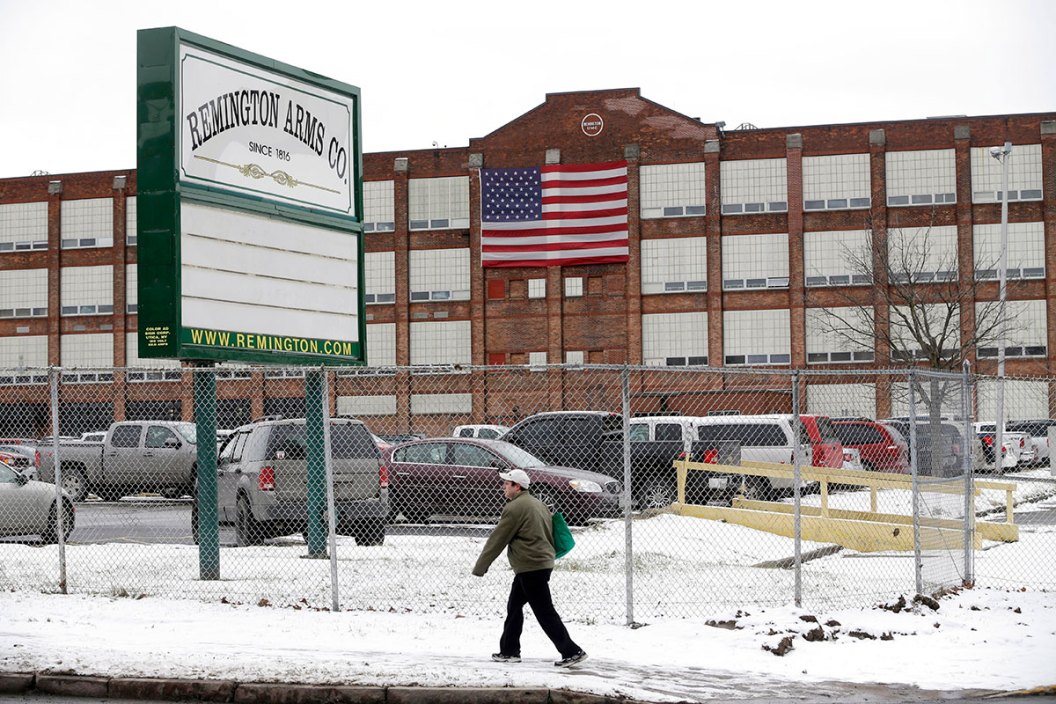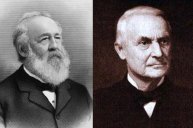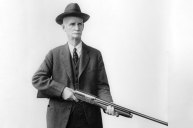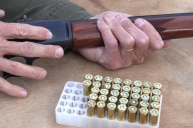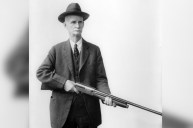How the oldest gunmaker in the U.S. came to be, the guns it produced, and how it has been broken into pieces.
It is one of the oldest gunmakers in America and one of the most famous firearms manufacturers in the world, but the firearms business has proven to be cruel for Remington in recent decades, as a series of bankruptcies has left it in pieces.
Let's take a look at the rise and fall of this guns and ammo behemoth.
The Founding
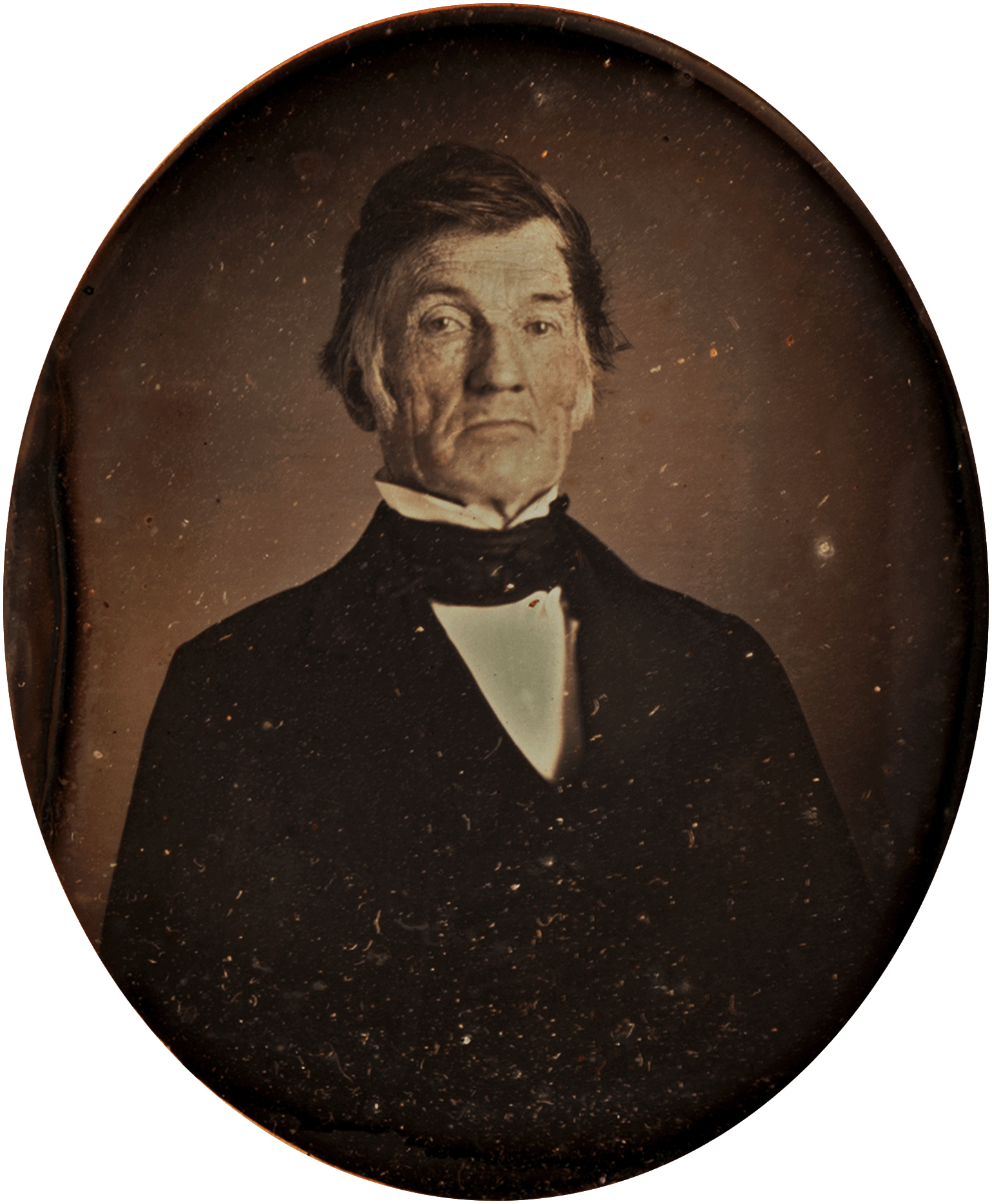
Unattributed - Cowan's Auction, Public Domain
In 1816 the Remington company was founded by Eliphalet Remington II who was certain he could create a better firearm than anything on the market at the time.
Remington began working on a personal flintlock rifle that he used in a shooting match in 1816. While he came in second place, his rifle impressed a number of the other shooters. So much so, that he took a number of orders from them for guns of their own. It seemed Remington had quickly become a gunmaker.
By 1828, he set up the Remington firearms plant in Ilion, New York, which still exists today. However, the company wouldn't stay in the hands of a "Remington" for very long, and the company's long history of sales and acquisitions began in 1888 when E. Remington & Sons was sold by the family to Marcellus Hartley and Partners.
At the time, the new company included Harley and Graham of New York, a major sporting goods chain, and the Union Metallic Cartridge Company, located in Bridgeport, as well as the Winchester Repeating Arms company of New Haven, Connecticut.
When the purchase was complete, the name was officially changed to Remington Arms Company and the Bridgeport ammo site became the home of Remington's ammunition factory.
The Remington Revolvers
During the American Civil War era, Remington was a direct competitor to Colt and, later, Smith & Wesson in the relatively new revolver market.
The Remington Model 1858, also called the Remington New Model Army, was a cap-and-ball revolver. It was chambered in .31 for the pocket model, 36 for the Navy model, and in .44 caliber for the Army model.
The gun saw use in the Civil War as a secondary firearm for the Union Army until the famous Colt factory fire in 1864, which pretty much halted production of the Colt 1860 Army revolver for a considerable period of time. As a result, the Union ordered a lot of Remington revolvers, though each cost $0.50 more than the Colt.
The revolver went on to see significant use on the American frontier in it's cap-and-ball configuration and was eventually converted to fire metallic cartridges.
The Remington 1875, also known as the Improved Army or Frontier Army revolver, was the company's first metallic cartridge wheelgun and it retained the distinctive, and now vestigial, fin under the barrel from the New Army model, on which it was based. It was of a similar size and also featured a removable cylinder.
The 1875 was fully intended to compete with the Colt SAA (Colt Peacemaker) and so it did, even building up a solid reputation as being more robust than the Peacemaker. The Model 1888 and Model 1890 were improved models of the 1875 with a few small changes.
While the gun itself was mechanically on par with the Colt, the Remington could never match the commercial success of the Peacemaker, largely because Colt had a two year head start on production and sales.
By the time the 1875 was introduced, Colt had already secured contracts for the Peacemaker from the U.S. Army forcing Remington to go elsewhere. Between 25,000 and 30,000 Model 1875 revolvers were made between 1875 and 1889 in three chamberings, .44 Remington Centerfire, .44-40, and .45 caliber.
Another name change came in 1912 when Remington was combined with the Union Metallic Cartridge Company to create Remington UMC. In 1915, the Ilion plant in Upstate New York was expanded to its current size. The UMC brand was still produced into the early 21st century.
The Great War
During the onset of World War I, Remington made guns for several Allied forces. To France they delivered M1907-15 Berthier rifles, 1914 Enfield rifles for Britain, and Imperial Russia took delivery of Remington-made Model 1891 Mosin-Nagant rifles, with production of all rising through the war to meet demand until the United States entered the war. That's when Remington's involvement was increased.
The gun company developed and manufactured the M1917 Enfield rifle for the U.S., which was a simplified version of the British 1914 Enfield. Remington also developed the famous Pedersen device, which turned the bolt action Enfield into a pistol-caliber semi-auto.
However, when Imperial Russia collapsed near the end of the war, Remington ran into its first of many bouts of financial troubles. Russia had placed huge orders for guns and ammo, but couldn't pay up. When the Bolsheviks took power during the Russian Revolution, the contracts were nullified entirely, leaving Remington stuck with a large inventory and no buyer.
Fortunately, the U.S. government decided to buy the stock.
During all the enhanced production of WWI, Remington didn't ignore its civilian products, which the company saw as a stable business that would last well beyond the war.
The Great Depression
In the Great Depression before the Second World War, Remington was bought again, this time by the DuPont Corporation. That company had, at the time, become a behemoth thanks to its advancements in modern gunpowders.
Soon after, Remington bought the Peters Cartridge Company—and that's why a lot of Remington case headstamps still say "R-P" for Remington-Peters.
World War II
Now that Remington and DuPont were one, they were able to readily respond when the U.S. Army decided it needed to increase its ammunition production capacity in 1940, with WWII having already begun in Europe.
The Lake City Army Ammunition Plant was built along with the Denver Ordnance ammo plant, followed by three more ammunition factories. The factories belonged to the government, but were overseen by Remington.
During WWII, Remington was a major ammunition manufacturer for the U.S. and also produced a number of military firearms, including the M1911A1 and the M1903A3 Springfield bolt-action rifle.
Post WWII
With the war over, Remington began dipping into new products beyond firearms. For instance, in 1956 it purchased Mall Tool Company, which primarily made chainsaws. But it wasn't ignoring firearms development. In fact, the company was about to introduce its two most successful firearms of all time.
The Remington 870
In 1950, Remington created one of the most popular shotguns ever sold: the Remington Model 870 pump gun, which went on to see wide use in sport shooting, hunting, self defense, and law enforcement and military use around the world.
The 870 was actually Remington's fourth major pump gun. John Pedersen designed the Remington Model 10, which proved to be too fragile, as well as the improved Model 29. The legendary John M. Browning designed the Remington Model 17, which was later tweaked to become the highly successful Ithaca 37 shotgun. It also served as the basis for the Remington 31, which was well liked, but couldn't compete with the extremely popular Winchester Model 12 pump gun.
But with the 870, Big Green got it right, producing a rugged, reliable, and affordable shotgun for the masses.
The 870 is still in production today. Two million of the shotguns had been produced by 1973. By 1983, the 870 claimed the record for best-selling shotgun of all time, with 3 million sold. In the 1990s, the even more affordable "Express" models were added to the 870 line, and sales topped seven million guns by 1996. On April 13, 2009, the 10 millionth Model 870 rolled off the production line.
The Model 700
The year 1962 saw the introduction of another of the company's most famous modern firearms, the Model 700 bolt-action rifle, which became the company's most successful firearm of all time.
It has been used by civilians as a hunting gun and by law enforcement and the military for various purposes, including as a sniper rifle. The M24 SWS, a military variant of the Model 700, served as the United States Army's standard sniper rifle from 188 to 2010 and is still used by militaries around the world.
Many gun companies have since built guns based on the reliable Remington Model 700 action, just like the Mauser bolt action before it.
1980s and 90s and Financial Woes
In the 80s, the ammo plant in Bridgeport was closed and operations were transferred to new digs in Lonoke, Arkansas.
In 1993, Remington's parent company, DuPont, sold the company to a New York investment firm, Clayton, Dublier & Rice for $300 million.
Further into the 90s, as hunting in the U.S. waned and the civilian gun market moved toward handguns, Remington struggled to keep up.
By 2007, Remington was in serious financial trouble. It was acquired by Cerberus Capital Management for $370 million, which included $252 million in assumed debt. The company had not reported a profit from 2003 to 2005.
After the purchase, the company was renamed The Freedom Group, to much derision in the gun industry.
The new company's first move was to acquire revered lever-gun manufacturer Marlin Firearms in 2007. In 2009, it bought suppressor manufacturer Advanced Armament Corporation (AAC) through its military branch.
Advancements continued on the ammo side and Remington introduced the highest velocity commercial shotshell in 2010 with the Hypersonic Steel line.
While Remington had been a prominent handgun maker in the late 1800s and through the early 20th century, it hadn't made a handgun for 12 years after the Model XP100R ceased production in 1998.
The Model 1911 R1 was introduced, a modernized M1911 pattern handgun, and on the shotgun side, the innovative Versa Max auto-loader was released that same year. It's unique Versa Port gas system regulated the gas siphoned into the action based on the length of the shell, which let the Versa Max cycle light 2.5-inch target loads and 3-inch magnum loads, and everything in between, without adjusting the gas system.
Things were looking up in 2012 when Remington signed a U.S. Army contract to build 24,000 M4A1 carbines at $673 per unit, making it a $16.1 million contract. The M4 had previously been made by Colt Firearms.
In 2014, the company began moving the bulk of its operations to a newly acquired manufacturing facility in Huntsville, Alabama. Several production lines were relocated there from Ilion after the passage of the anti-gun New York SAFE Act legislation.
This was soon followed by a new name in 2015: Remington Outdoor Company. But by 2017, things were looking bad on the financial front yet again and the company began planning for bankruptcy after a damning expose appeared on "60 Minutes' about a purported defect in the Remington X-Mark Pro trigger linked to several deaths—the trigger used in its popular Remington Model 700 rifle. The company's reputation took a big hit and it had amassed a whopping $950 million in debt.
The First Bankruptcy
Remington filed for bankruptcy in March 2018 and exited bankruptcy about two months later due to a pre-approved restructuring plan supported by most of its creditors. An issuance of new shares was able to convert $775 million of the company's debt into equity.
The company took another public image bashing when the families of nine victims and a teacher who was shot and survived the tragic Sandy Hook Elementary School shooting in 2012. The shooter used a Bushmaster rifle, an AR-15 company owned by Remington. The suit went back and forth in the courts and was held up due to the bankruptcy.
Final Bankruptcy and Auction
In July 2020, the company again filed for Chapter 11 in bankruptcy court, but this would be the big one. In September, Remington Outdoor Company was broken up and auctioned off in parts.
Roundhill Group LLC bought Remington Arms and all the company's other firearm businesses, including Bushmaster and DPMS. Marlin Firearms, however was purchased by Sturm Ruger & Co. The Remington Ammunition brands and trademarks, along with the Lake City ammo plant, were purchased by Vista Outdoor, which owns Federal Ammunition, as well as Speer and CCI.
A lot has changed, but Remington has now set out to revamp its image and continue firearm and ammunition production on a high scale. Here's hoping they can achieve those goals.
NEXT: WHAT TO LOOK FOR WHEN BUYING A USED GUN
WATCH
